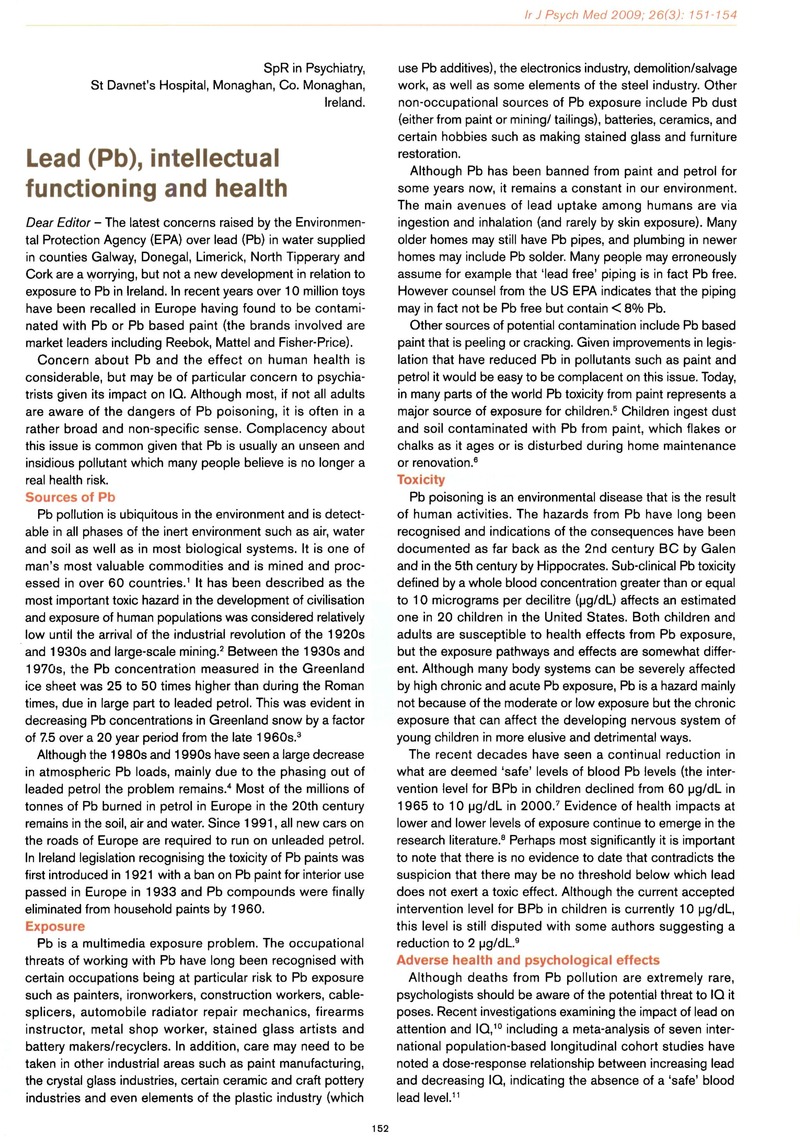22.Bellinger, D.
Developmental Effects of Lead. Childhood Lead Poisoning: What's New, What's Sadly Not. Children at Risk Conference Environmental Health Issues in the Great Lakes Region,
Chicago,
Environmental Protection Agency USA, Region 5,
1998.
Google Scholar 